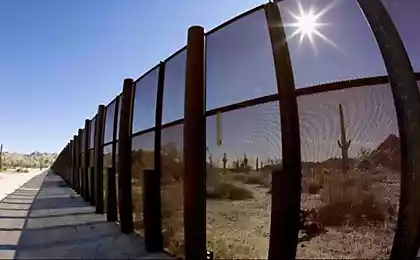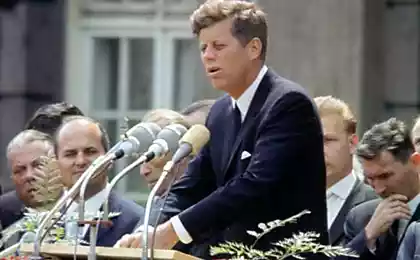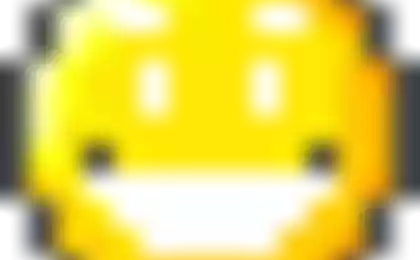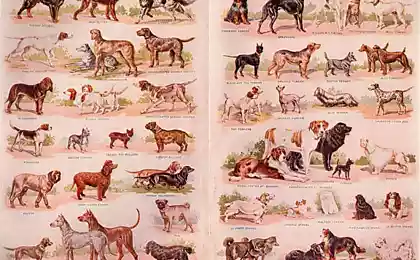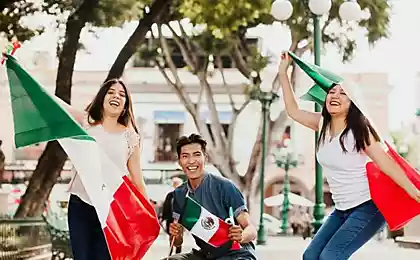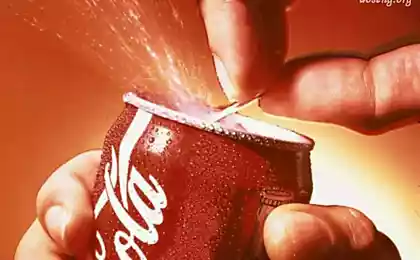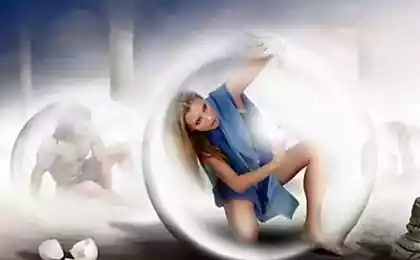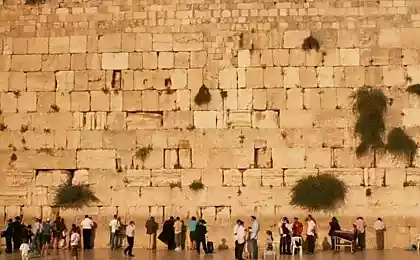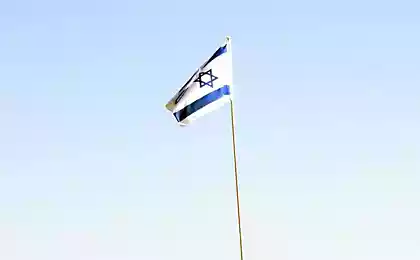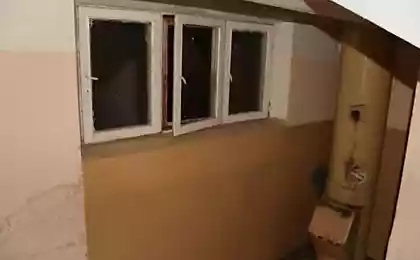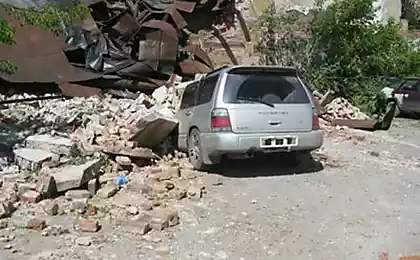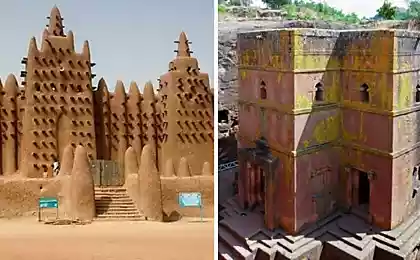1006
Mexican-American wall
38 photos
via
In 2005, the Department of Homeland Security has been granted the right to refuse enforcement of laws to protect the environment, to accelerate the construction of a barrier between the US and Mexico.
In accordance with the resolution of more than 800 kilometers of walls and fences were built on the site of farmland and nature reserves.
In January 2009, the International League of photographers - environmentalists sent a team of world-renowned photographers and writers, filmmakers and scientists in the border area between the United States and Mexico to capture wildlife, pristine ecosystem and the impact of migration and the construction of a border wall on these landscapes.

1. Seventeen members of the team sent by the International League, spent nearly a month traveling along the length of the border about 3 thousand. Km, we made more than ten thousand pictures of the area, showing a severe impact on the ecosystem of the wall region.
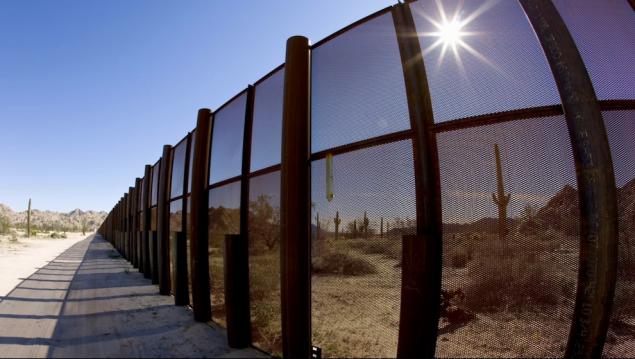
2. This picture was taken in a reservation Tohono Oodham in Southern Arizona. The border between the United States and Mexico passes through the disputed territory claimed by both sides. It cuts through the protective structure reservation area in half. The militarization of the border region is significantly limits the ability of members of an Indian tribe the Tohono Oodham make a pilgrimage to the holy places and to visit relatives living on the other side of the new border.
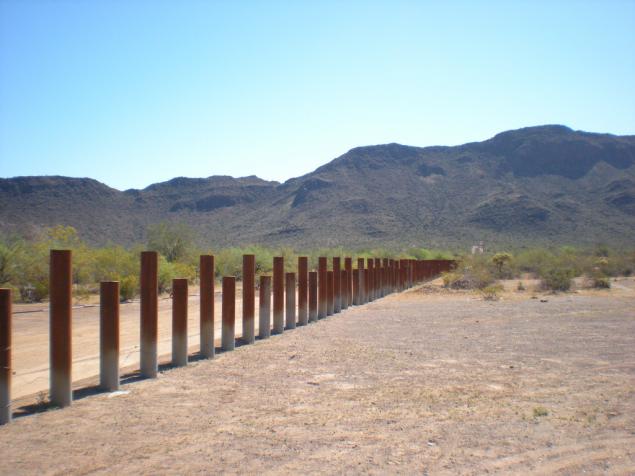
3. The aim of the project is as detailed as possible to inform the international community of the danger that carries the construction of the border and its infrastructure to the survival of the set of species that live in the neighborhood, in the long run. The importance of conservation of this region is of international importance, as is the universal nature of wealth, and these areas have become a haven for a wide variety of flora and fauna.
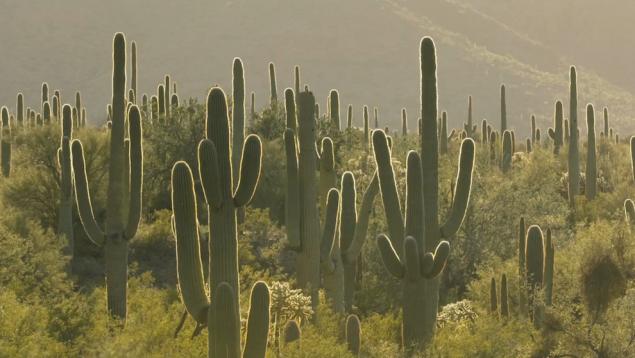
4. Representatives of the International League conducted many interviews with scientists and environmentalists on both sides of the border, discussed the impact of the wall on their overall ecosystem.

5. "No one doubts that the environment is a very strong negative effect. The only thing that is controversial, because it is how important the protection of nature against the backdrop of political interests, "- says Anna Cordova, Ph.D., of the Institute for the Study of the Northern borders.

6. Wildlife. Bird in the border area.

7. Wildlife: Battleship drinking water from the creek near the US-Mexican border.
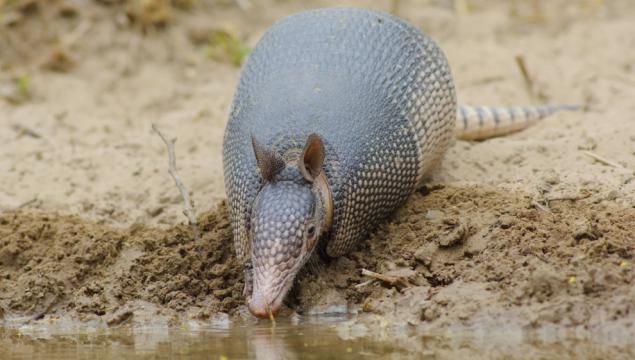
8. "The uniqueness of this area is that the region includes eleven separate ecosystems. For half an hour away by car you can be in the dunes of the desert, and if you go north, you get into the forests, "- said Nancy Brown, an employee of the Service for the Protection of Wildlife USA.
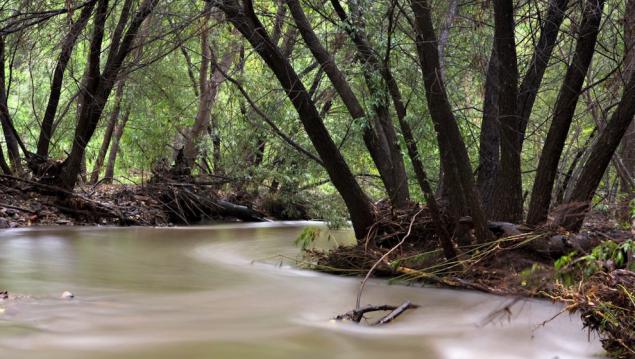
9. Nancy says: "Imagine that you are the Texas tortoise. As you will pass 20 km of the fence? Or if you ocelot, who runs away from a predator on the agricultural field, and suddenly - a fence? For you, it will not just be a matter of convenience, but a matter of survival. "

10. Wildlife: Bunny at the border between the US and Mexico.
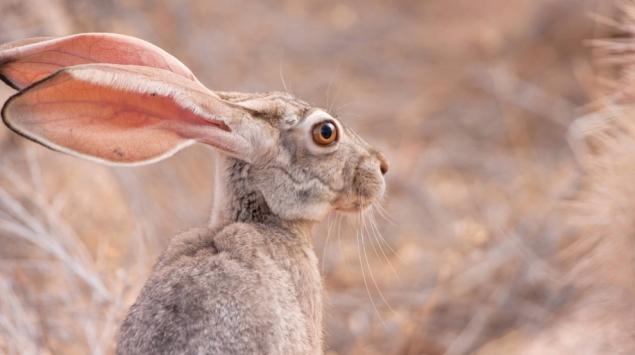
11. Wildlife: a pair of cubs in the border area.

12. Wildlife: Birds fly over the wall, marking the border.

13. "After the Great Wall of China of the US-Mexican border facilities are the longest barrier erected by man, to isolate the two nations", - said Rurik Diest, Ph.D., of the Institute of Ecology, one of the national universities in the US.
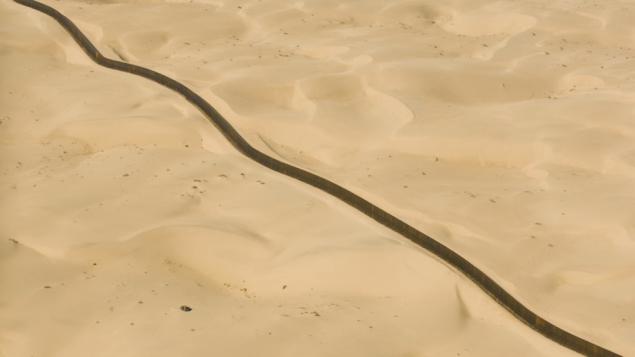
14. "It's very simple: the wall stretches for many kilometers, and it is not so easy to get around. The animal can neither chew a hole in it, or to find a loophole, because it is an integral structure without a gap. The aisles are separated by a fair distance, which is not always the strength to overcome the animal. Besides, even if it decides to go around, the water along the wall is not everywhere. The animal simply die. "
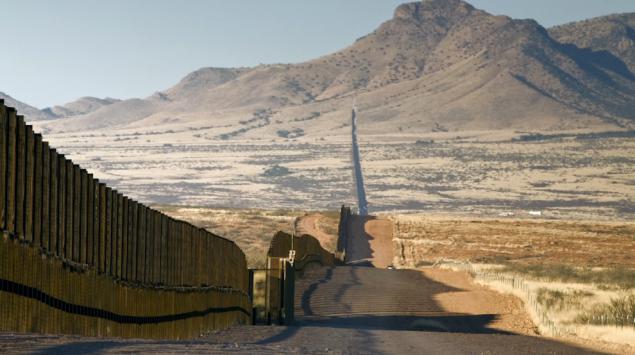
15. The site of the US-Mexican border, passing through the wilderness.
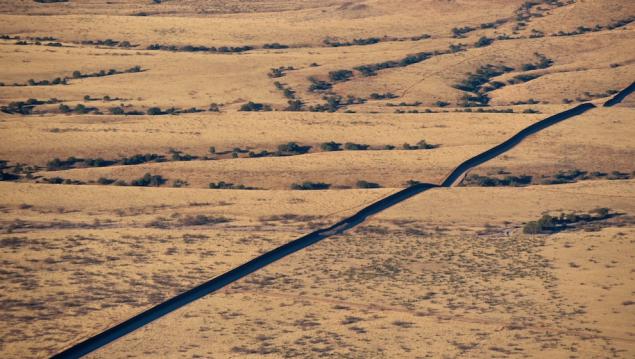
16. The landscape around a section of the wall.
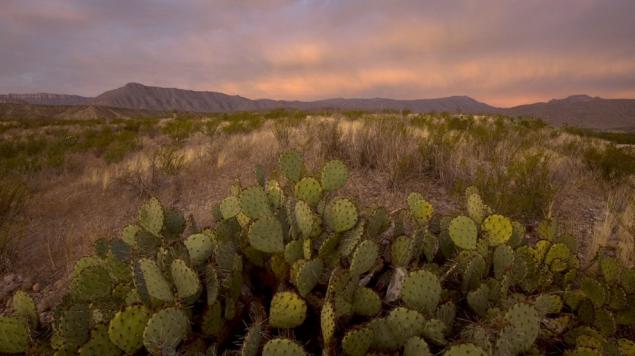
17. Wildlife: turkey in the border area.
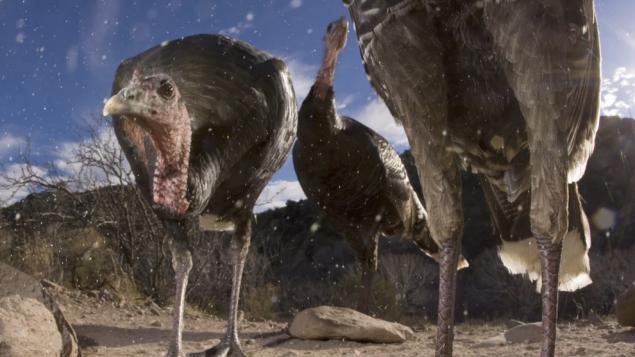
18. Wildlife and steel wall between the US and Mexico

19. "We have not experienced such a unanimous protest. All: ranchers, farmers, chambers of commerce, priests, experts from universities, absolutely everything against this facility. No one wants there was a wall. All are confident that it will lead to disaster. As farmers will now produce water to irrigate their fields? Where ranchers would drive their cattle to drink? Yes, it is a huge environmental problem. And not only for wild animals. How now to be the people who earn their living by farming in this region? "- Complaining about Nancy Brown.
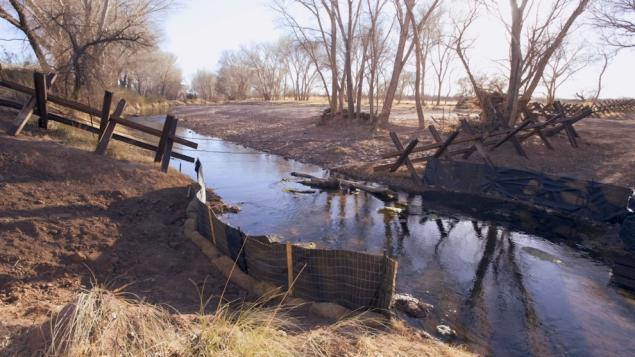
20. Rurik Leaf said: "The solid metal wall irresistible to deer, jaguars, bears, cougars, coyotes, bobcats, badgers, prairie dogs. In other words, all those who can not fly, can not cross the wall. "
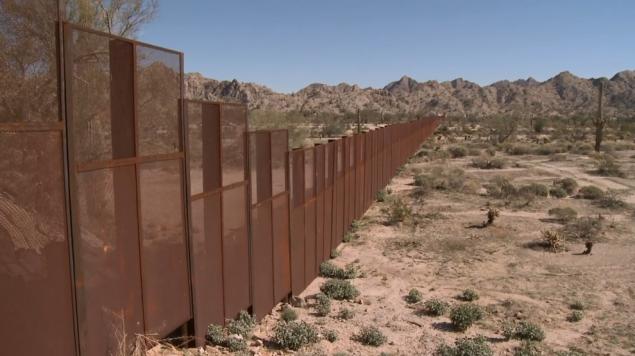
21. Wildlife: coyotes in the border area.

22. Around the walls of the US-Mexican life abounds.
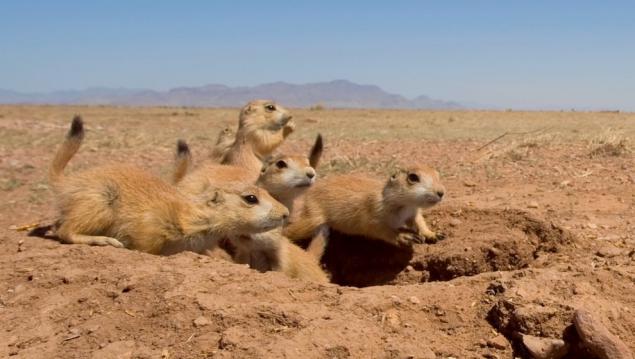
23. "We hope that bolsherogie ram can move freely. This is necessary to preserve the gene pool. For this endangered species it is very important to constantly happening genetic mixing, otherwise the population will gradually die out. Therefore, for these animals only chance to survive - is to have constant access to the other side of the border, "- says Bonnie McKinney of companies Tsemeks-El Carmen Project.
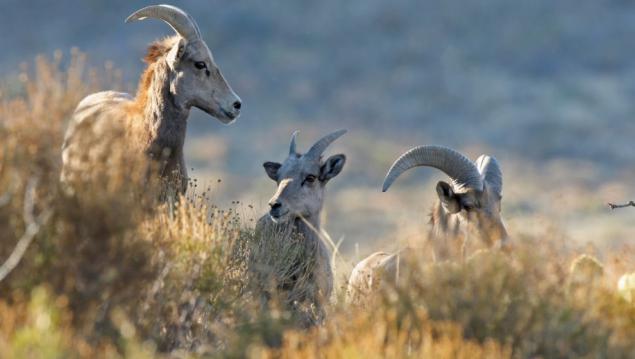
24. "The wall - is an insuperable barrier that does not allow to move freely jaguars, Mexican wolves and other endangered animals, the survival of which is very important to be able to move from the territory of Mexico to the United States and vice versa," - said Craig Millar, a member of an environmental organization.
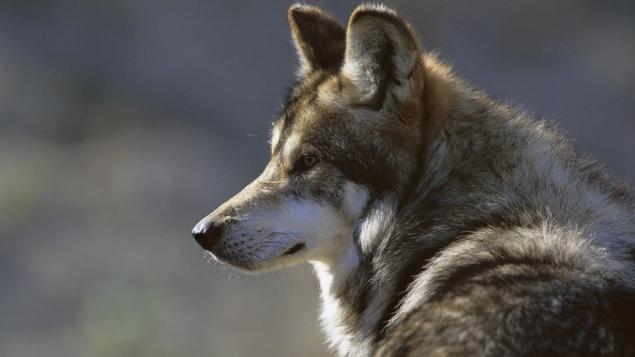
25. Wildlife: Lynx near the border.

26. "They're just going to divide the wall tops of some mountains. Just imagine that there had done all these bulldozers and other equipment. "
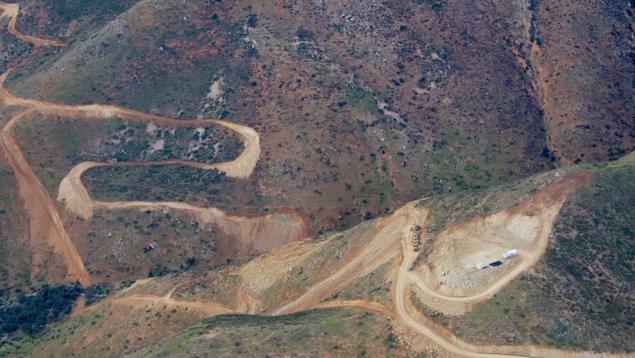
27. "It's clear that the main damage cause is not a wall as such, and all the infrastructure that will be associated with it," - says Krista Schlier, team leader of the International League of photographers.
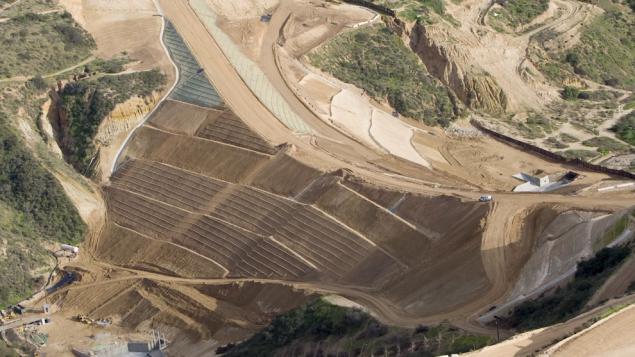
28. "And the construction itself, and checkpoints where patrol teams are going to drive back and forth, provoke erosion processes, which in turn will lead to the silting up of the soil. Around these trails are not so much water, so siltation - it is a real catastrophe ", - says Anna Cordova.
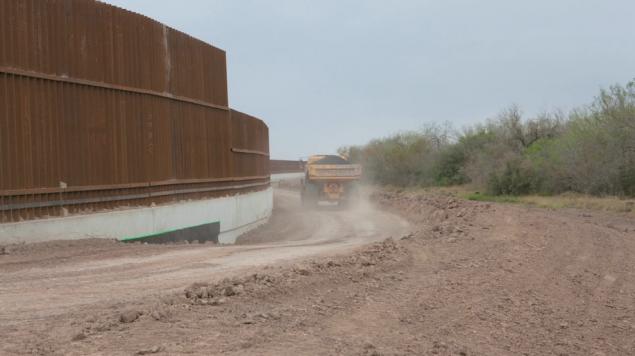
29. "If you talk to any professional who understands the natural resources, whether fauna, ecosystems, water resources, soil, or something else - all unanimously say that the wall will have a very negative impact on natural resources this region, "- continues to Anna Cordova
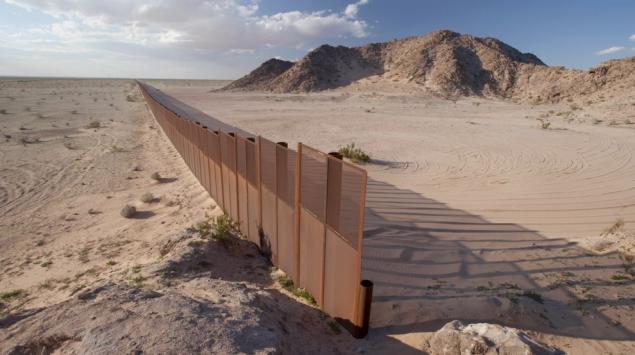
30. "Now full of talk about the wall. It is not surprising that you hardly find a person who would support its construction, "- says Billy Pat McKinney, husband and colleague Bonnie McKinney.

31. The wall between the US and Mexico from the bird's flight.

32. Border patrol on duty.

33. This is a huge frontier, stretching 3,000 km, has many different ecological zones and sub-systems that each individual in his own place is suffering from the wall, undergoing some specific adverse effects. After all, these are living micro-zones are completely different animals and plants that lie different soil and hydrological systems. And they suffer in different ways "- warns Anna Cordova.
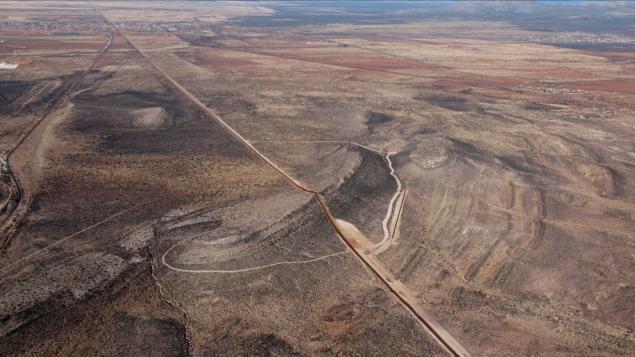
34. "It's clear that the problems of wildlife conservation are in direct conflict with national security issues. For the local fauna it is vital to be able to move freely along the border area. At that time, as our national security depends on blocking our borders. This apparent contradiction of interests, but there are plenty of opportunities to find alternative solutions that would maintain a balance between addressing issues of problem areas and respect the boundaries of the needs of the animal world, "- said Craig Miller.

35. "In addition to the wall, which has become a barrier to the movement of animals, building of the border has also led to the fact that there appeared a lot of people: the workers and the military. This is a direct invasion of a person in possession of wildlife, "- said Craig Miller.

36. "You can see that for a variety of ecosystems that are here, this boundary does not exist. With this side wall, on the other - there is no difference either in plants or in animals. This is a single ecosystem, the integrity of which we break, raising this artificial barrier, "- says Krista Schlier.
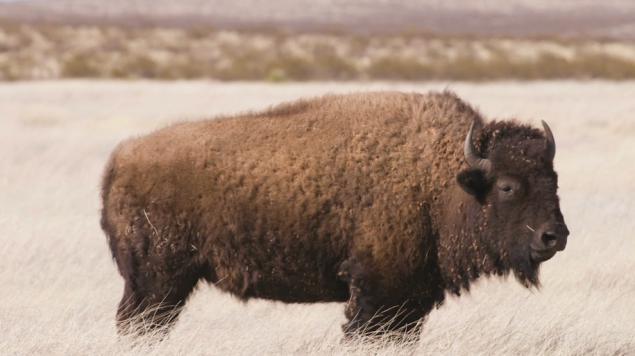
37. "We are making a real crime, distinguishing between what is created by nature itself," - Krista continues to Schlier.
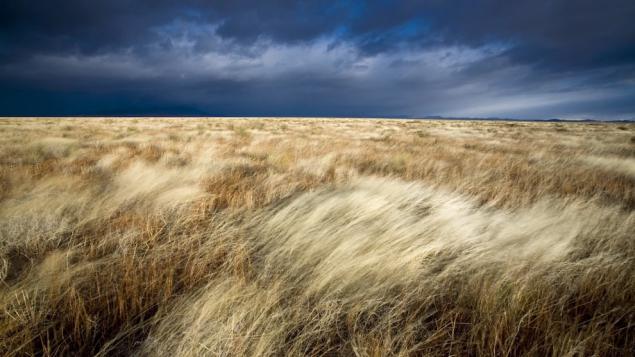
38. "I think that the debate around the US-Mexican border embraced darkness of secrecy, not only for the residents of both countries, but also for the world community - said Christa Schlier. - But we know one thing: the laws on environmental protection have been taken for a reason, and we can cause even greater damage to the environment, if we act without knowing what we are doing. "

Source:
via
In 2005, the Department of Homeland Security has been granted the right to refuse enforcement of laws to protect the environment, to accelerate the construction of a barrier between the US and Mexico.
In accordance with the resolution of more than 800 kilometers of walls and fences were built on the site of farmland and nature reserves.
In January 2009, the International League of photographers - environmentalists sent a team of world-renowned photographers and writers, filmmakers and scientists in the border area between the United States and Mexico to capture wildlife, pristine ecosystem and the impact of migration and the construction of a border wall on these landscapes.

1. Seventeen members of the team sent by the International League, spent nearly a month traveling along the length of the border about 3 thousand. Km, we made more than ten thousand pictures of the area, showing a severe impact on the ecosystem of the wall region.

2. This picture was taken in a reservation Tohono Oodham in Southern Arizona. The border between the United States and Mexico passes through the disputed territory claimed by both sides. It cuts through the protective structure reservation area in half. The militarization of the border region is significantly limits the ability of members of an Indian tribe the Tohono Oodham make a pilgrimage to the holy places and to visit relatives living on the other side of the new border.

3. The aim of the project is as detailed as possible to inform the international community of the danger that carries the construction of the border and its infrastructure to the survival of the set of species that live in the neighborhood, in the long run. The importance of conservation of this region is of international importance, as is the universal nature of wealth, and these areas have become a haven for a wide variety of flora and fauna.

4. Representatives of the International League conducted many interviews with scientists and environmentalists on both sides of the border, discussed the impact of the wall on their overall ecosystem.

5. "No one doubts that the environment is a very strong negative effect. The only thing that is controversial, because it is how important the protection of nature against the backdrop of political interests, "- says Anna Cordova, Ph.D., of the Institute for the Study of the Northern borders.

6. Wildlife. Bird in the border area.

7. Wildlife: Battleship drinking water from the creek near the US-Mexican border.

8. "The uniqueness of this area is that the region includes eleven separate ecosystems. For half an hour away by car you can be in the dunes of the desert, and if you go north, you get into the forests, "- said Nancy Brown, an employee of the Service for the Protection of Wildlife USA.

9. Nancy says: "Imagine that you are the Texas tortoise. As you will pass 20 km of the fence? Or if you ocelot, who runs away from a predator on the agricultural field, and suddenly - a fence? For you, it will not just be a matter of convenience, but a matter of survival. "

10. Wildlife: Bunny at the border between the US and Mexico.

11. Wildlife: a pair of cubs in the border area.

12. Wildlife: Birds fly over the wall, marking the border.

13. "After the Great Wall of China of the US-Mexican border facilities are the longest barrier erected by man, to isolate the two nations", - said Rurik Diest, Ph.D., of the Institute of Ecology, one of the national universities in the US.

14. "It's very simple: the wall stretches for many kilometers, and it is not so easy to get around. The animal can neither chew a hole in it, or to find a loophole, because it is an integral structure without a gap. The aisles are separated by a fair distance, which is not always the strength to overcome the animal. Besides, even if it decides to go around, the water along the wall is not everywhere. The animal simply die. "

15. The site of the US-Mexican border, passing through the wilderness.

16. The landscape around a section of the wall.

17. Wildlife: turkey in the border area.

18. Wildlife and steel wall between the US and Mexico

19. "We have not experienced such a unanimous protest. All: ranchers, farmers, chambers of commerce, priests, experts from universities, absolutely everything against this facility. No one wants there was a wall. All are confident that it will lead to disaster. As farmers will now produce water to irrigate their fields? Where ranchers would drive their cattle to drink? Yes, it is a huge environmental problem. And not only for wild animals. How now to be the people who earn their living by farming in this region? "- Complaining about Nancy Brown.

20. Rurik Leaf said: "The solid metal wall irresistible to deer, jaguars, bears, cougars, coyotes, bobcats, badgers, prairie dogs. In other words, all those who can not fly, can not cross the wall. "

21. Wildlife: coyotes in the border area.

22. Around the walls of the US-Mexican life abounds.

23. "We hope that bolsherogie ram can move freely. This is necessary to preserve the gene pool. For this endangered species it is very important to constantly happening genetic mixing, otherwise the population will gradually die out. Therefore, for these animals only chance to survive - is to have constant access to the other side of the border, "- says Bonnie McKinney of companies Tsemeks-El Carmen Project.

24. "The wall - is an insuperable barrier that does not allow to move freely jaguars, Mexican wolves and other endangered animals, the survival of which is very important to be able to move from the territory of Mexico to the United States and vice versa," - said Craig Millar, a member of an environmental organization.

25. Wildlife: Lynx near the border.

26. "They're just going to divide the wall tops of some mountains. Just imagine that there had done all these bulldozers and other equipment. "

27. "It's clear that the main damage cause is not a wall as such, and all the infrastructure that will be associated with it," - says Krista Schlier, team leader of the International League of photographers.

28. "And the construction itself, and checkpoints where patrol teams are going to drive back and forth, provoke erosion processes, which in turn will lead to the silting up of the soil. Around these trails are not so much water, so siltation - it is a real catastrophe ", - says Anna Cordova.

29. "If you talk to any professional who understands the natural resources, whether fauna, ecosystems, water resources, soil, or something else - all unanimously say that the wall will have a very negative impact on natural resources this region, "- continues to Anna Cordova

30. "Now full of talk about the wall. It is not surprising that you hardly find a person who would support its construction, "- says Billy Pat McKinney, husband and colleague Bonnie McKinney.

31. The wall between the US and Mexico from the bird's flight.

32. Border patrol on duty.

33. This is a huge frontier, stretching 3,000 km, has many different ecological zones and sub-systems that each individual in his own place is suffering from the wall, undergoing some specific adverse effects. After all, these are living micro-zones are completely different animals and plants that lie different soil and hydrological systems. And they suffer in different ways "- warns Anna Cordova.

34. "It's clear that the problems of wildlife conservation are in direct conflict with national security issues. For the local fauna it is vital to be able to move freely along the border area. At that time, as our national security depends on blocking our borders. This apparent contradiction of interests, but there are plenty of opportunities to find alternative solutions that would maintain a balance between addressing issues of problem areas and respect the boundaries of the needs of the animal world, "- said Craig Miller.

35. "In addition to the wall, which has become a barrier to the movement of animals, building of the border has also led to the fact that there appeared a lot of people: the workers and the military. This is a direct invasion of a person in possession of wildlife, "- said Craig Miller.

36. "You can see that for a variety of ecosystems that are here, this boundary does not exist. With this side wall, on the other - there is no difference either in plants or in animals. This is a single ecosystem, the integrity of which we break, raising this artificial barrier, "- says Krista Schlier.

37. "We are making a real crime, distinguishing between what is created by nature itself," - Krista continues to Schlier.

38. "I think that the debate around the US-Mexican border embraced darkness of secrecy, not only for the residents of both countries, but also for the world community - said Christa Schlier. - But we know one thing: the laws on environmental protection have been taken for a reason, and we can cause even greater damage to the environment, if we act without knowing what we are doing. "

Source:


